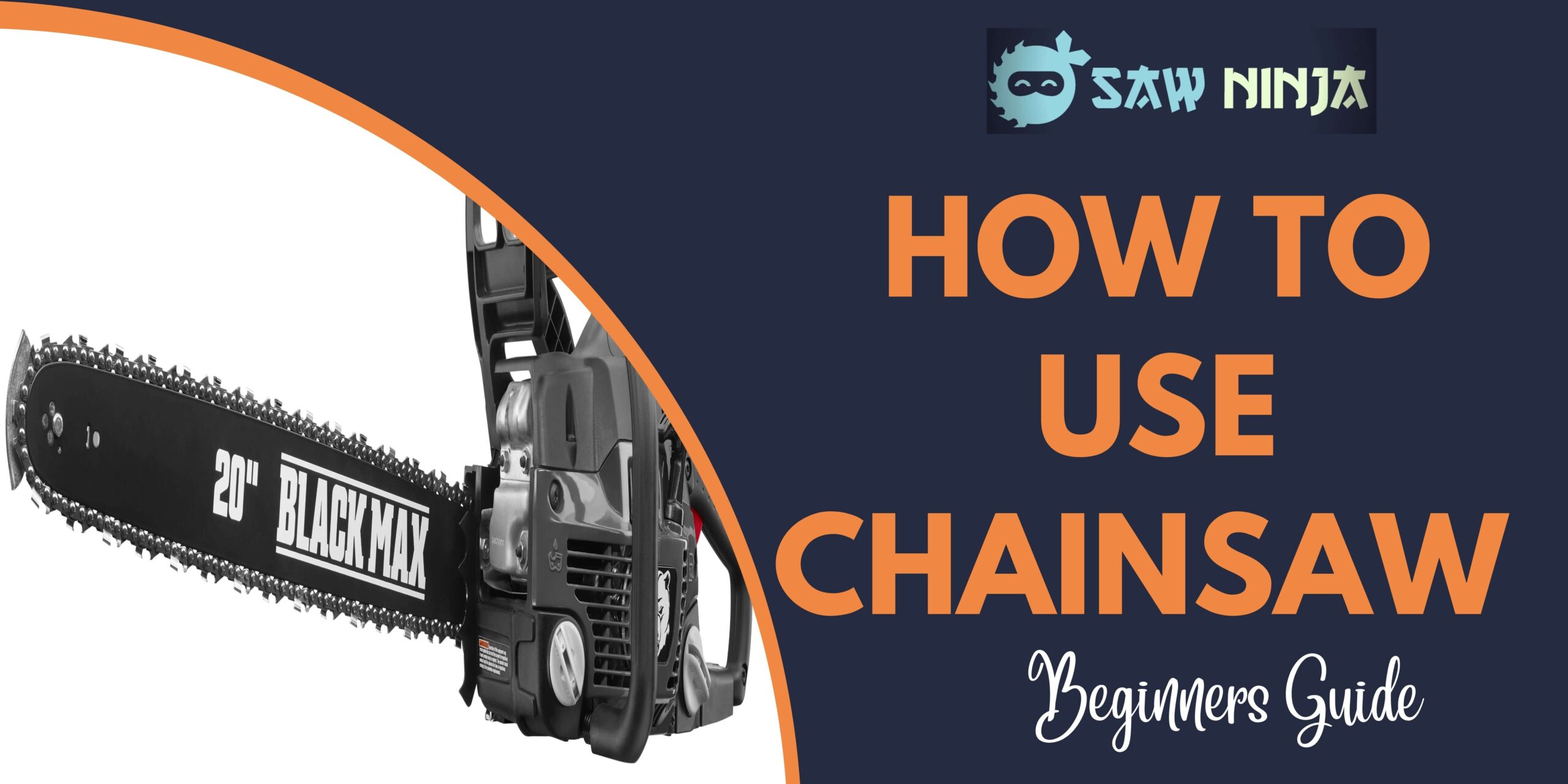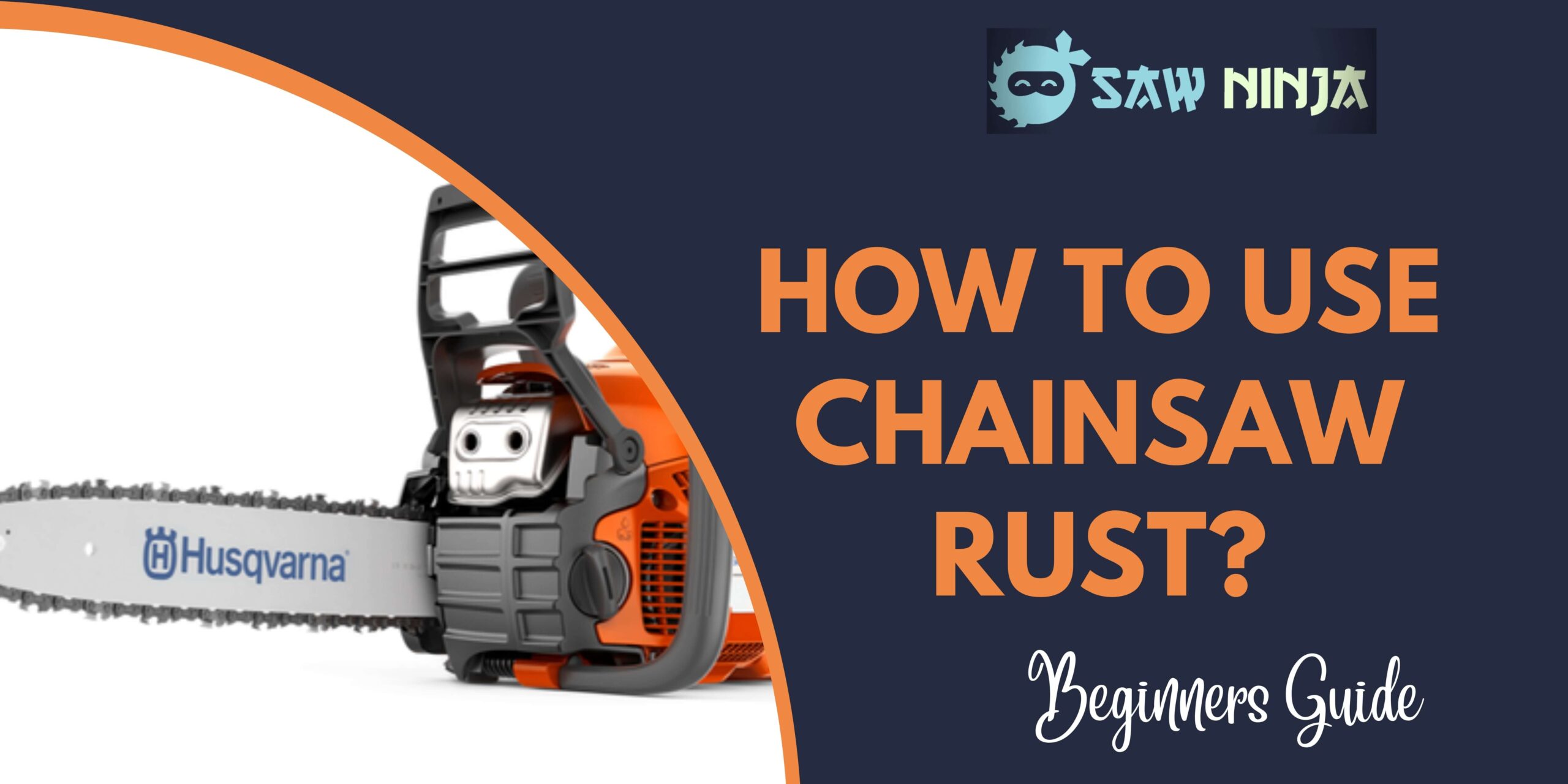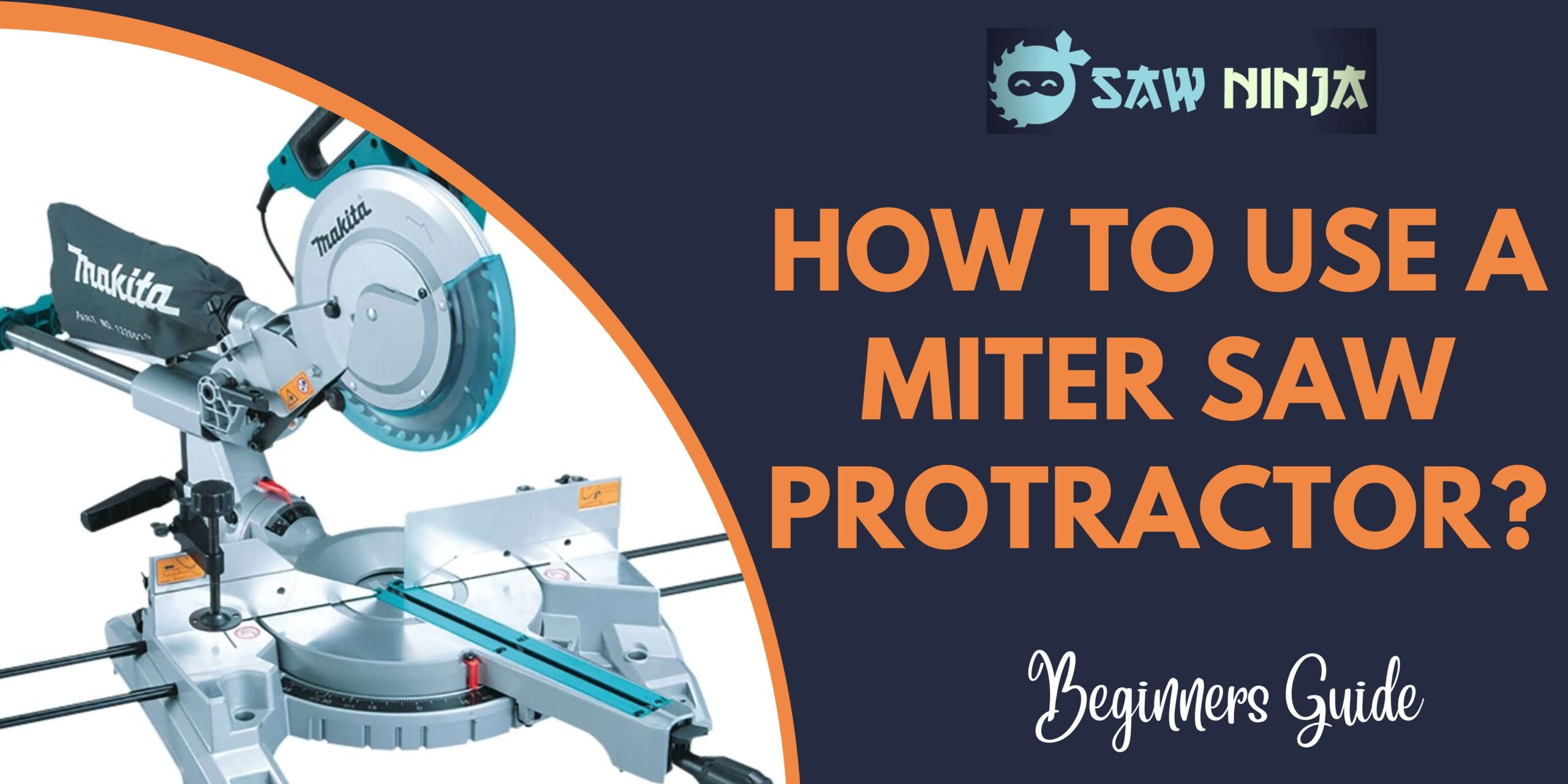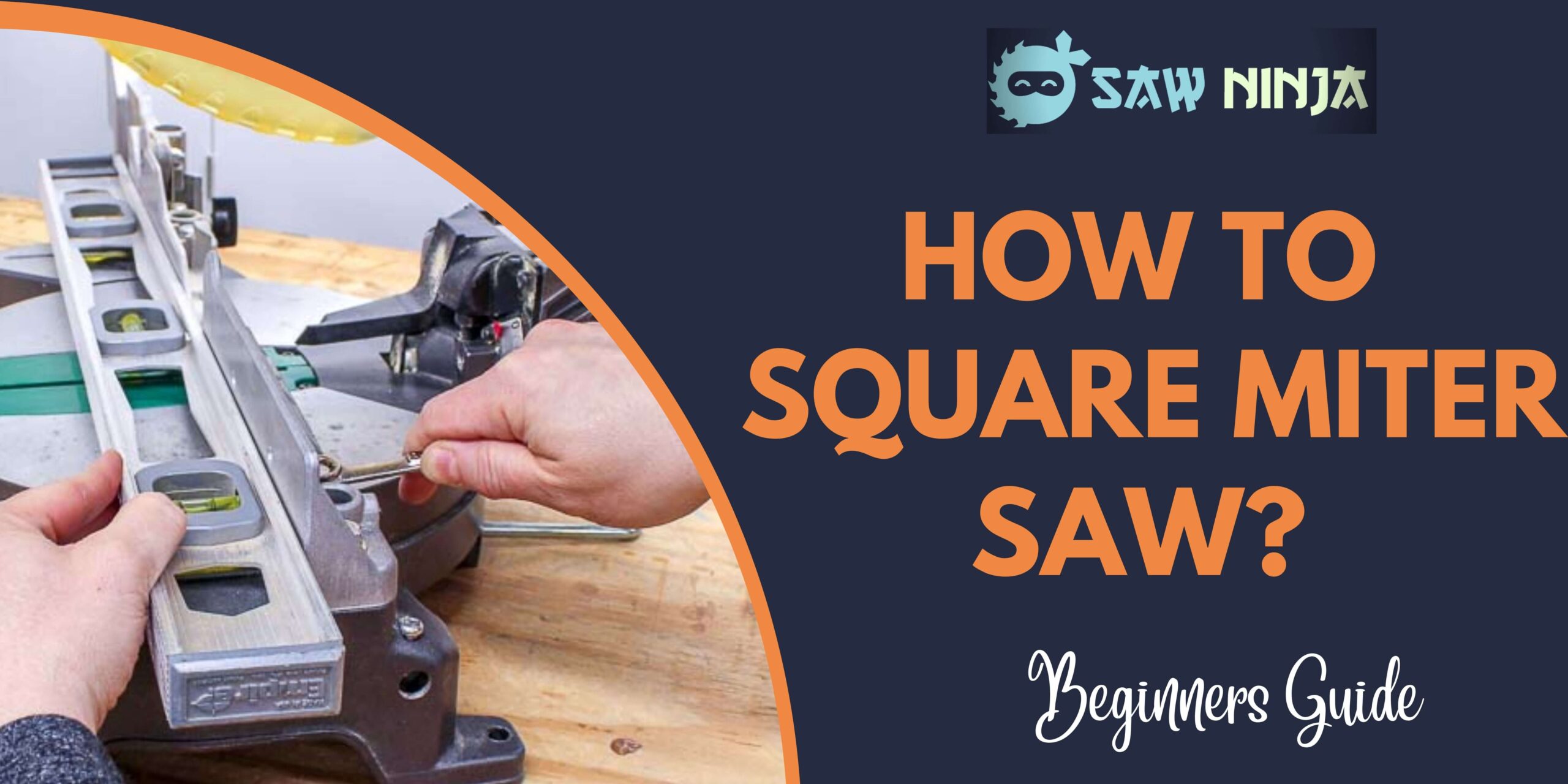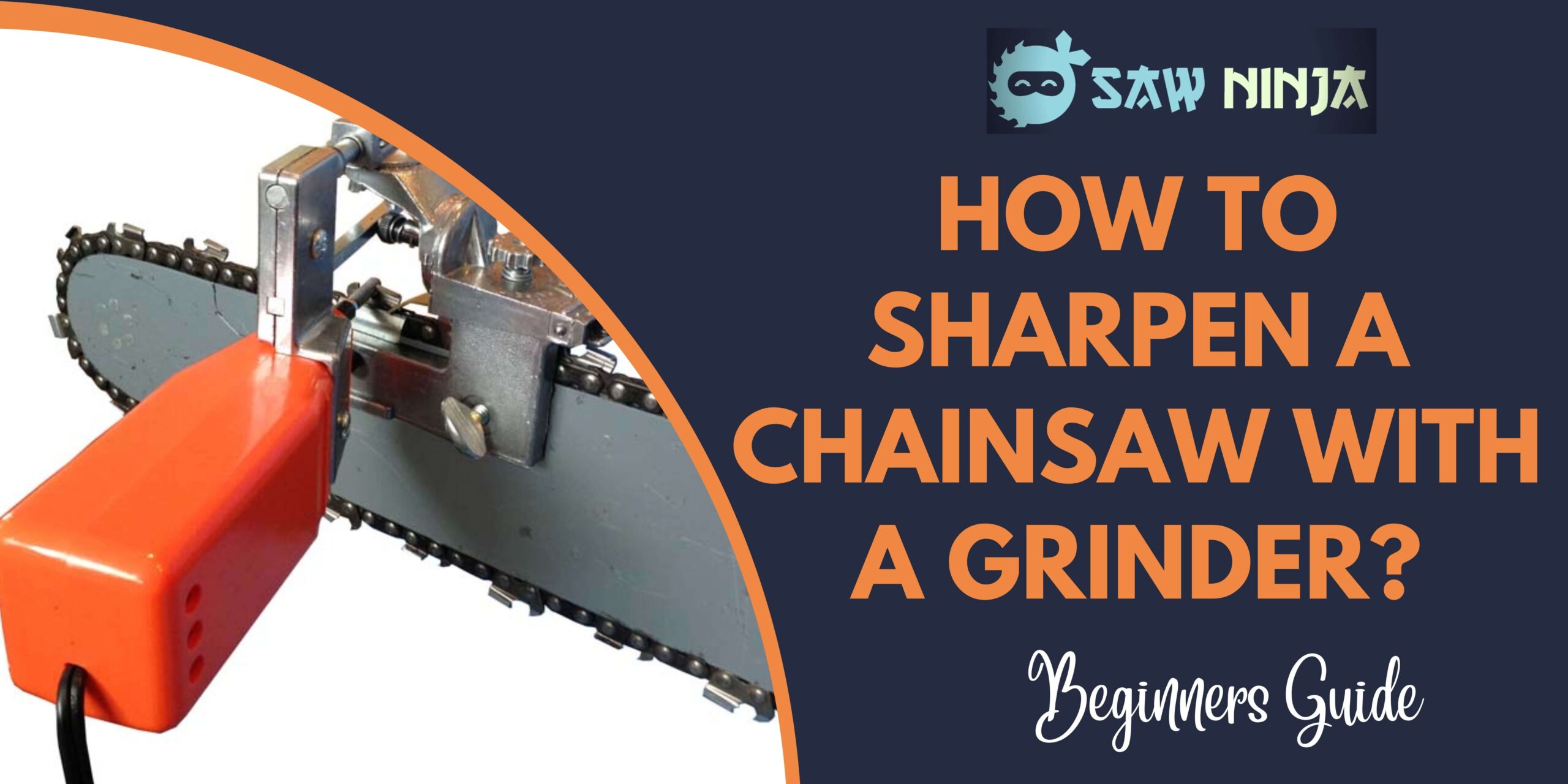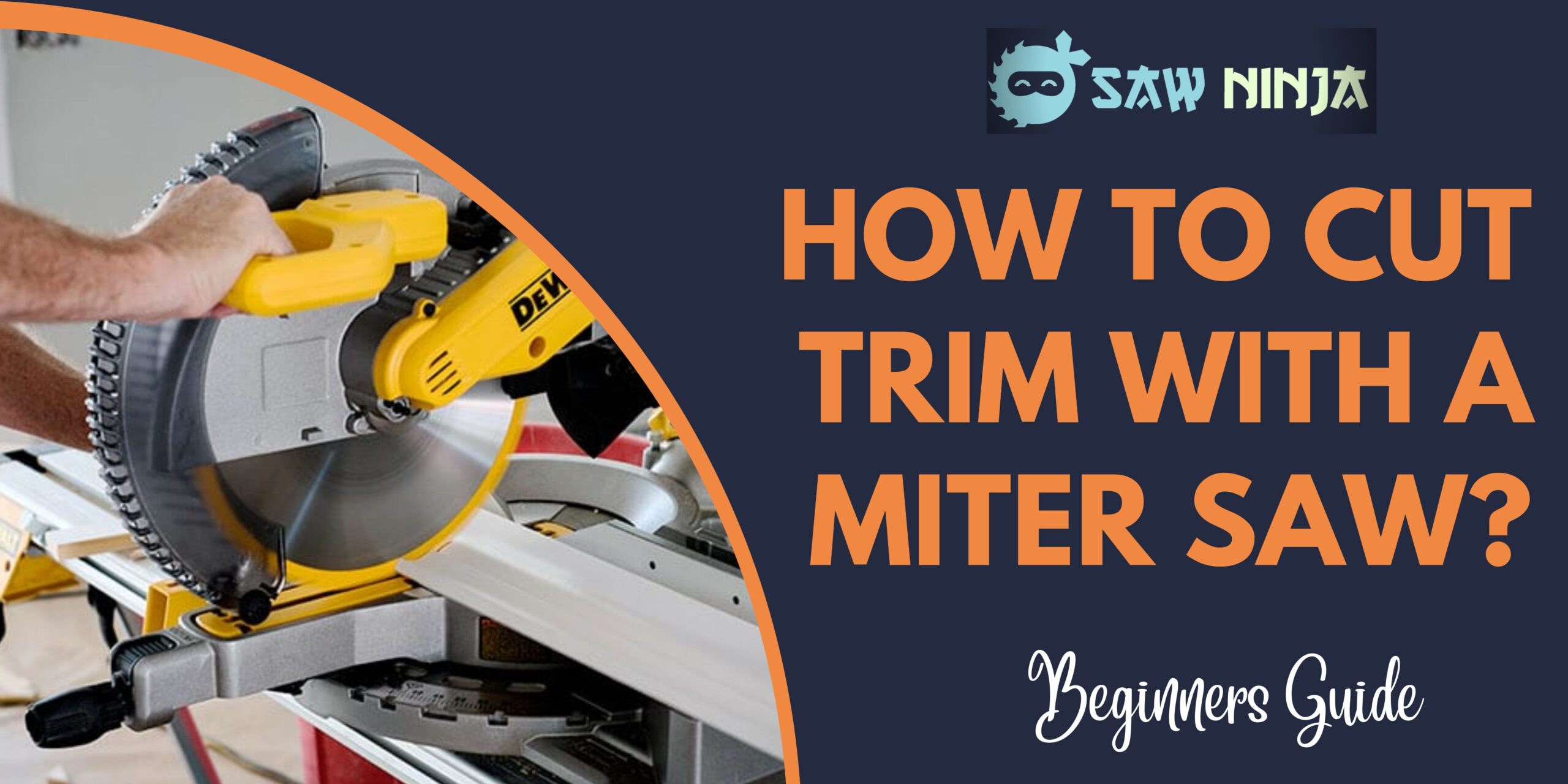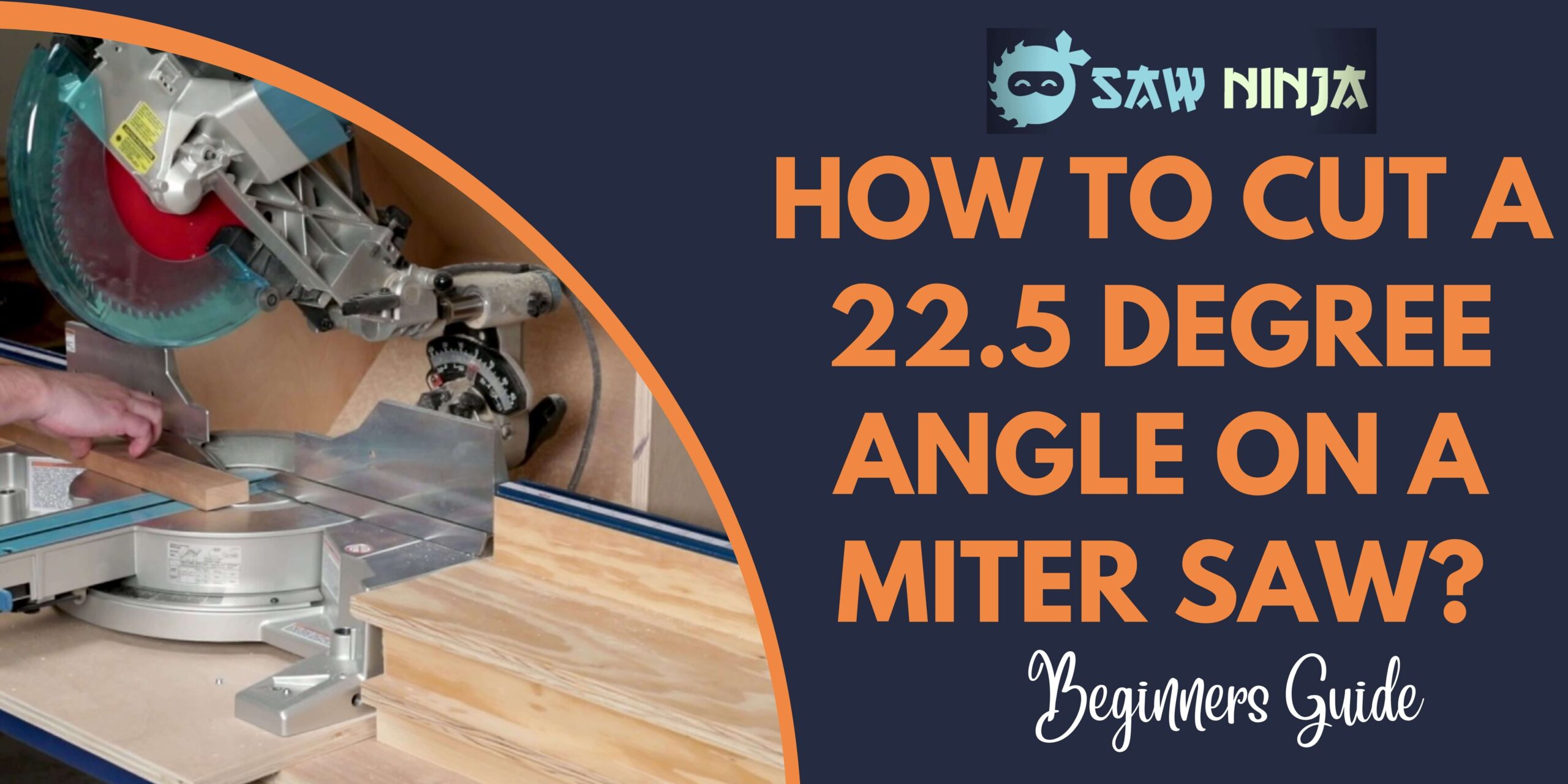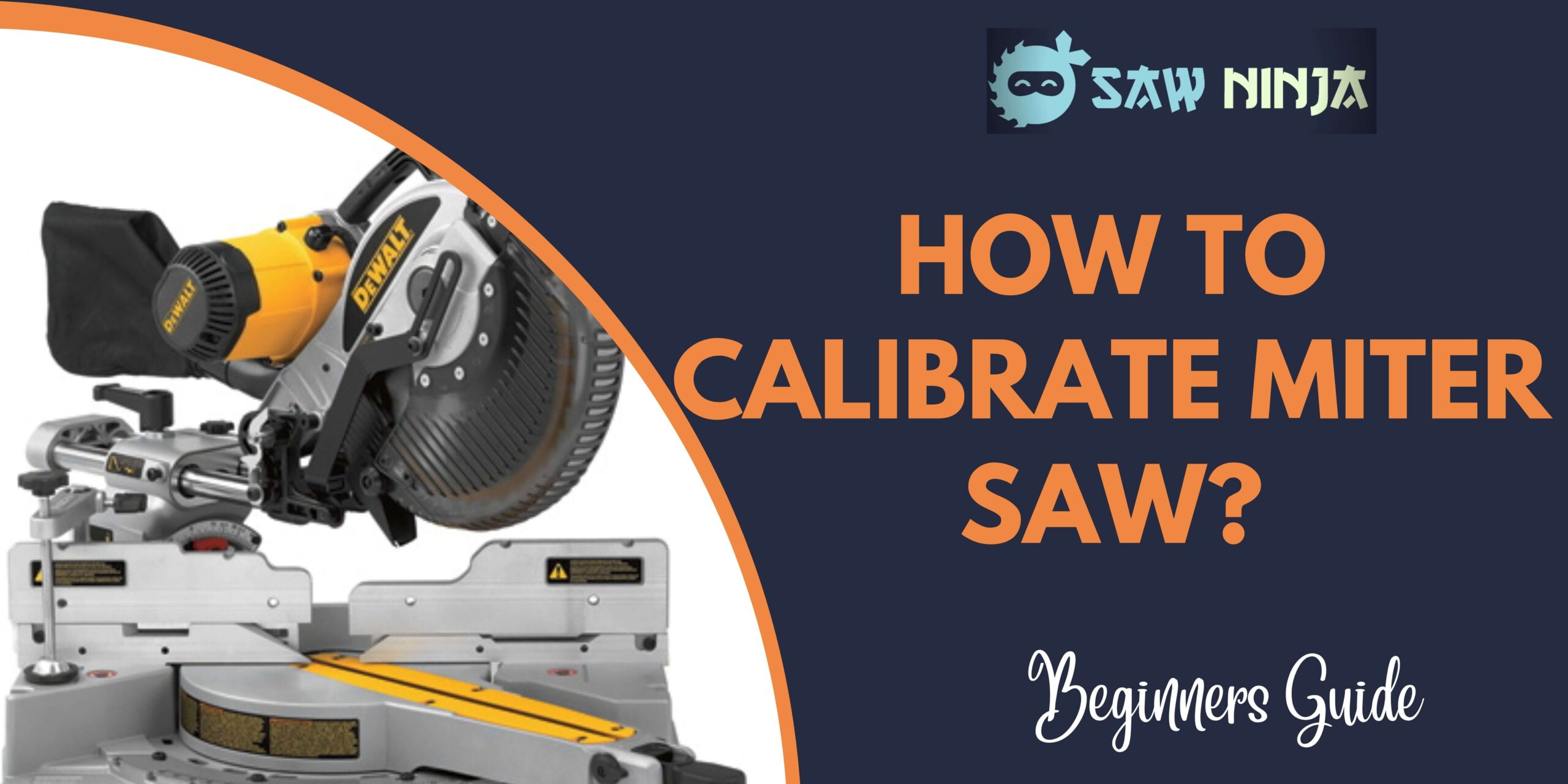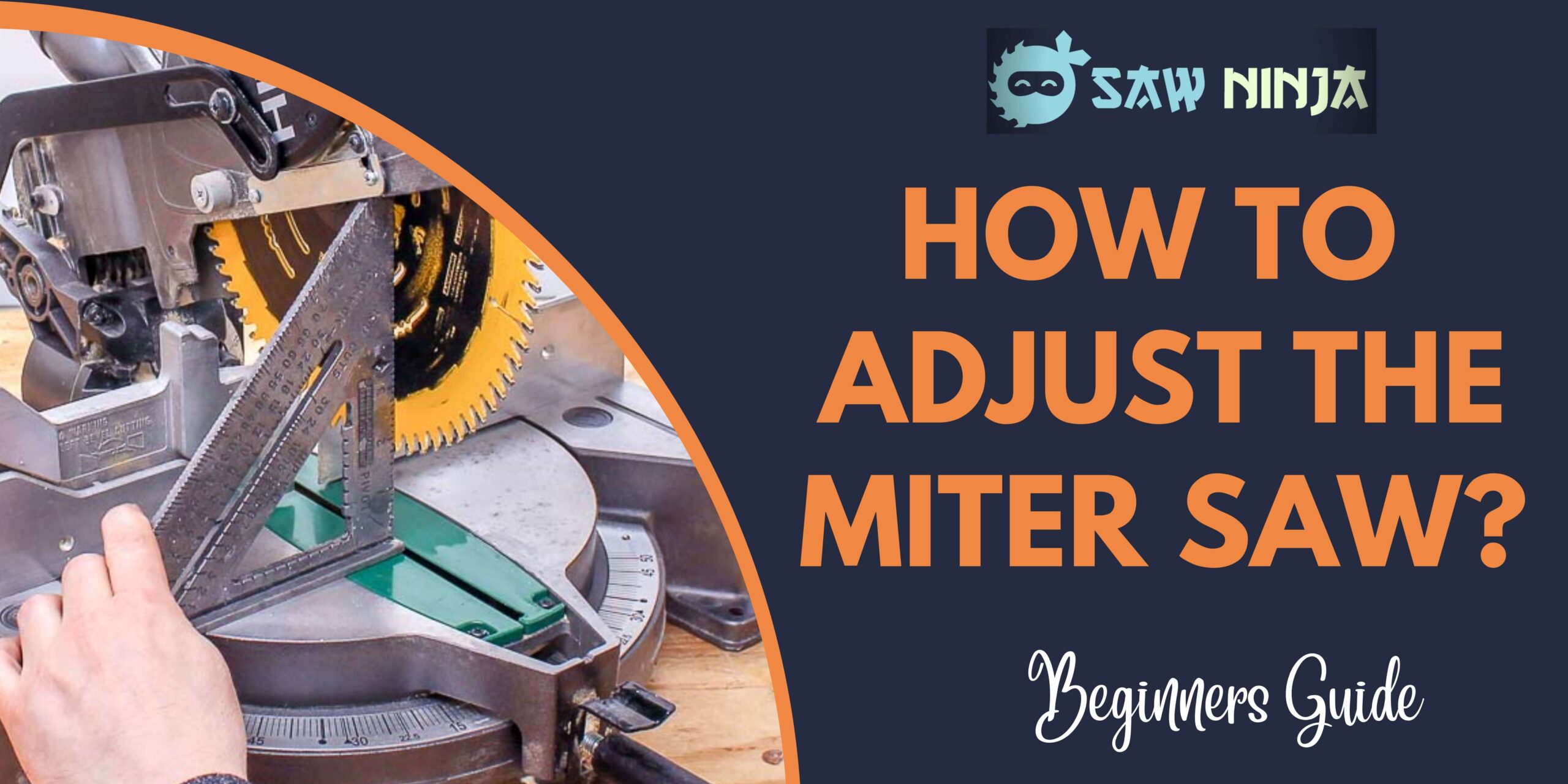Many people may think that using a chainsaw is a challenging task. However, with some guidance, anyone can use this tool safely and effectively.
>>>> How to Cut a Tree on the Ground with a Chainsaw?
In this blog post, we will provide you with a few tips on using a chainsaw properly. We will also discuss the different types of chainsaws and their uses. So, if you are interested in learning more about chainsaws, keep reading!
How to Use a Chainsaw Safely
Chainsaws can be hazardous tools if they are not used properly. Every year, thousands of people are injured while using chainsaws. In fact, according to the Consumer Product Safety Commission, there are an estimated 8,500 chainsaw injuries in the United States each year.
However, chainsaws can be used safely if you follow some simple guidelines. First, you should always wear the proper safety gear when using a chainsaw. This includes gloves, eye protection, ear protection, and sturdy shoes.
Next, you need to ensure that the saw is in good condition before using it. This means checking the chain, bar, and engine to ensure that they all function correctly.
>>>>> How to Use Chainsaw Rust?
You also need to be aware of your surroundings when using a chainsaw. Be sure to clear the area around you of any debris or obstacles that could get in the way. And always be aware of who or what is behind you.
Finally, when using the saw, be sure to use both hands. It will help you maintain control of the saw and prevent accidents.
Different Types of Chainsaws
There are various types of chainsaws available on the market today. The type of chainsaw you need will depend on the task you are trying to accomplish.
For example, if you need to cut down a small tree, you can use a handheld chainsaw. These saws are designed for easy maneuverability and can be operated with one hand.
If you need to cut down an enormous tree, you will need to use a pole saw. These saws have a long pole attached to the saw, which allows you to reach high branches.
Finally, if you need to cut through a thick wood, you will need to use a heavy-duty chainsaw. These saws are much larger and more potent than other chainsaws and should only be used by experienced operators.
The Do’s and Don’ts of Using a Chainsaw
Now that you know a little more about chainsaws, let’s take a look at some do’s and don’ts of using this tool.
Do:
- Always wear the proper safety gear
- Check the saw for any damage before using it
- Be aware of your surroundings
- Use both hands when operating the saw
Don’t:
- Use a chainsaw while under the influence of drugs or alcohol
- Try to cut through a tree that is too big for the saw
- Use a chainsaw without proper training
- Operate a chainsaw that is not in good condition
Conclusion:
Chainsaws can be safe and effective tools if they are correctly used. Be sure to wear the proper safety gear, check the saw for any damage, and be aware of your surroundings before using a chainsaw. And always remember to use both hands when operating the saw.
Thanks for reading! We hope this blog post has provided you with some helpful information on using a chainsaw safely.
Frequently Asked Questions
Do I need to wear any special gear when using a chainsaw?
Yes, you should always wear gloves, eye protection, ear protection, and sturdy shoes when using a chainsaw.
How do I know if the saw is in good condition before using it?
You should check the chain, bar, and engine to ensure they are all functioning correctly.
What should I be aware of when using a chainsaw?
Be sure to clear the area around you of any debris or obstacles that could get in the way. And always be aware of who or what is behind you.
What is the best way to cut through a thick wood?
The best way to cut through thick wood is by using a heavy-duty chainsaw. These saws are much larger and more potent than other chainsaws and should only be used by experienced operators.

